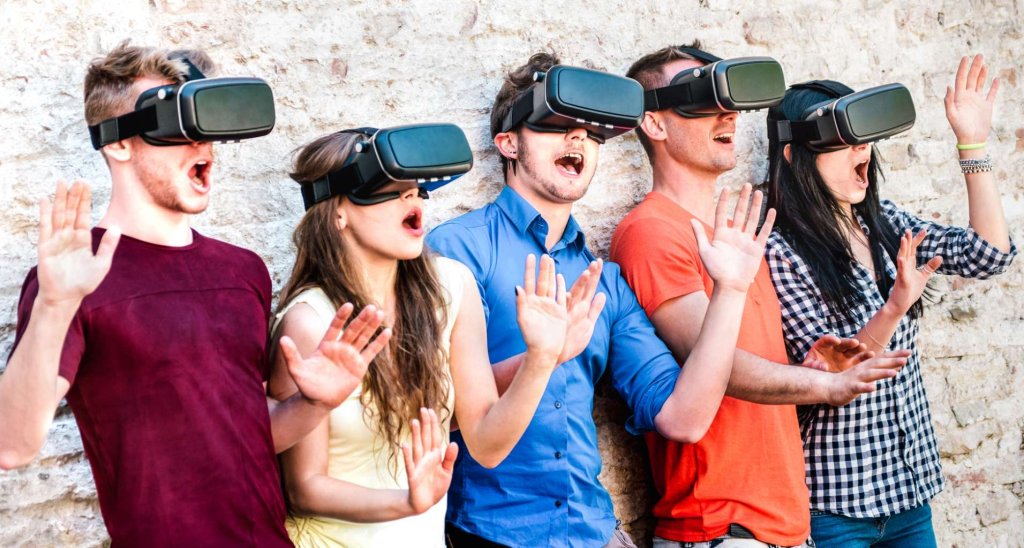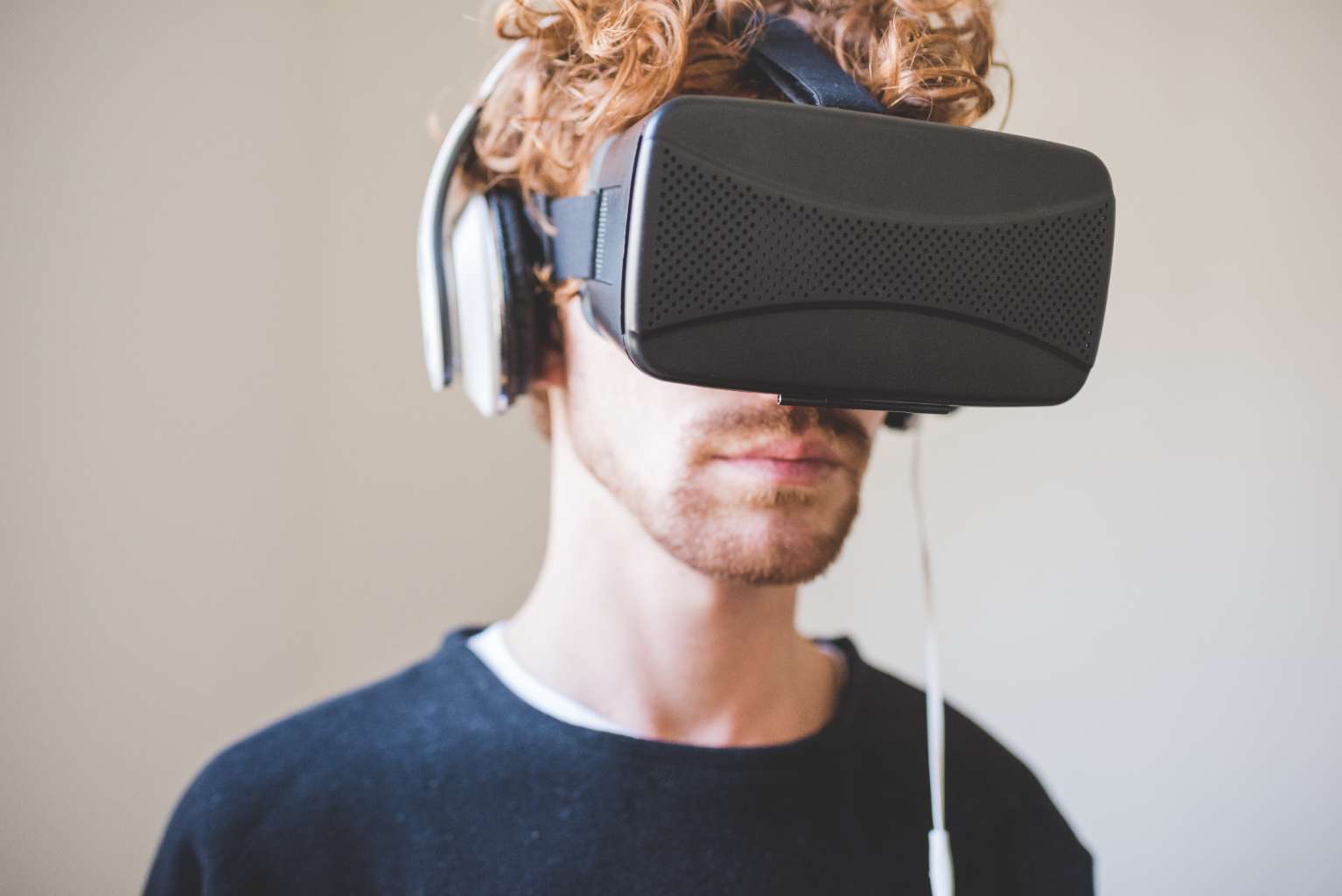Market research is a critical component of understanding consumer behavior and making informed business decisions. In recent years, the integration of Virtual Reality (VR) and Augmented Reality (AR) has revolutionized how market research is conducted, particularly in large supermarkets and retail stores.
Certainly, let’s expand on the section about the role of VR/AR in market research and the process of creating VR content for market analysis:
The Role of VR/AR in Market Research
Virtual Reality (VR) and Augmented Reality (AR) have brought a new dimension to market research, revolutionizing how insights are gathered in retail environments. These technologies offer a transformative approach to understanding consumer behavior and preferences. Unlike traditional surveys or focus groups, VR and AR provide a more immersive, realistic, and controlled way to study consumer choices and interactions.
Here’s how VR and AR have redefined market research:
1. Immersive Environments for Deeper Insights
VR and AR technologies enable the creation of immersive environments that closely mimic real-world shopping scenarios. Researchers can replicate the look and feel of a supermarket, store, or retail setting with remarkable accuracy. Shoppers interact with these virtual environments, making choices and decisions that mirror their behavior in physical stores.
Immersive experiences allow researchers to gain deeper insights into consumer psychology and preferences. They can observe how shoppers react to product displays, aisle layouts, and even subtle changes in lighting or signage. This level of detail is challenging to achieve through conventional research methods.
2. Controlled Experiments for Accurate Data
One of the key advantages of VR and AR in market research is the ability to conduct controlled experiments. Researchers can precisely manipulate variables within the virtual environment to test various hypotheses. For example, they can alter the placement of products, change pricing strategies, or introduce new advertising campaigns in a controlled and repeatable manner.
Controlled experiments ensure that the data collected is accurate and can be attributed to specific changes made within the virtual setting. This level of control is nearly impossible to achieve in the chaotic and dynamic environment of a real store.
Creating VR Content for Market Analysis
The process of creating VR content for market analysis involves several key steps that require collaboration between market researchers and VR designers:
1. Designing Virtual Scenarios
Market researchers collaborate closely with VR designers to create virtual scenarios that faithfully replicate real-world shopping environments. These scenarios can encompass everything from virtual supermarket aisles to entire retail stores. Designers pay meticulous attention to detail, ensuring that the virtual environment is as authentic as possible.
Design considerations extend to the placement of products, store layout, and even the behavior of virtual shoppers within the environment. The goal is to create an immersive experience that mirrors the complexity of physical shopping experiences.
2. Capturing User Data and Interaction
Once participants enter the VR environment, their every move and interaction are meticulously tracked. VR systems record where users look, what products they pick up, how they navigate aisles, and even their facial expressions. This level of granular data capture allows researchers to gain a comprehensive understanding of consumer decision-making processes.
For example, researchers can track how long shoppers spend in specific sections of the virtual store, which products they show interest in, and whether they compare prices or read product labels. All of this data contributes to a more profound analysis of consumer behavior.
3. Analyzing Data and Extracting Insights
Once the data is collected, it undergoes a rigorous analysis process. Market researchers collaborate with data analysts to extract valuable insights. Researchers can gain deep insights into consumer preferences, such as which products attract the most attention, how shoppers navigate through the virtual store, and even emotional reactions to certain products or displays.
These insights play a pivotal role in informing marketing strategies, product placement decisions, and overall retail optimization. Researchers can identify trends, patterns, and opportunities that might have been overlooked in traditional market research approaches.
In conclusion, the integration of VR and AR in market research not only transforms the way consumer behavior is studied but also offers a more accurate and insightful approach. The creation of VR content for market analysis provides a unique advantage in understanding and predicting consumer preferences in a rapidly evolving retail landscape.
The Benefits of Using VR Videos in Market Research
The utilization of VR videos in market research offers several advantages:
1. Cost-Effective Research
Traditional market research methods can be costly and time-consuming. VR technology provides a cost-effective way to conduct extensive studies without the need for physical prototypes or elaborate setups.
2. Realistic Consumer Insights
VR videos offer a level of realism that is unmatched by traditional research methods. Researchers can observe how users react to products and advertisements in a simulated but highly realistic environment.
3. Precise Data Collection
The data collected in VR environments is highly precise. Researchers can track every action and interaction, providing detailed insights into consumer behavior.
Case Studies in VR Market Research
Several real-world case studies illustrate the effectiveness of VR videos in market research:
Case Study 1: Supermarket Redesign
A major supermarket chain used VR videos to test a store redesign concept. Shoppers navigated through the virtual store, and their reactions were closely monitored. The insights gathered influenced the final store layout, resulting in increased sales.
Case Study 2: Product Placement
A consumer goods company employed VR videos to assess the optimal placement of products on store shelves. By analyzing how shoppers interacted with different placements in the virtual environment, the company made data-driven decisions that boosted product visibility and sales.
Ethical Considerations and Privacy
While VR videos offer powerful research capabilities, it’s essential to address ethical considerations and privacy concerns. Participants’ data must be handled responsibly, and informed consent is paramount.
The Future of VR in Market Research
The future of market research with VR holds exciting possibilities. Emerging technologies like Mixed Reality (MR) and advancements in haptic feedback promise even more immersive and interactive consumer research experiences. Researchers are eager to embrace these innovations for more accurate and insightful market analysis.
Conclusion
Virtual Reality and Augmented Reality have opened up new horizons in market research. The creation of VR videos for market analysis has proven to be a game-changer, offering cost-effective, precise, and realistic insights into consumer behavior. As technology continues to advance, VR will play an increasingly vital role in shaping the future of market research.
















